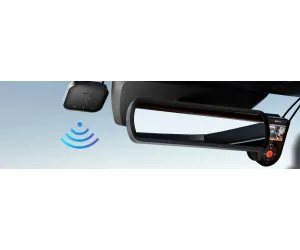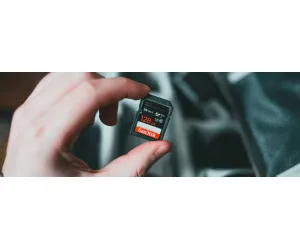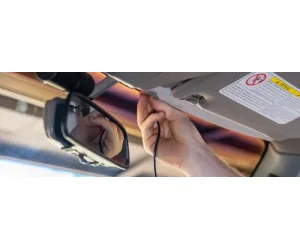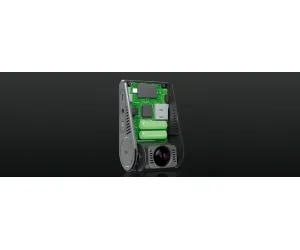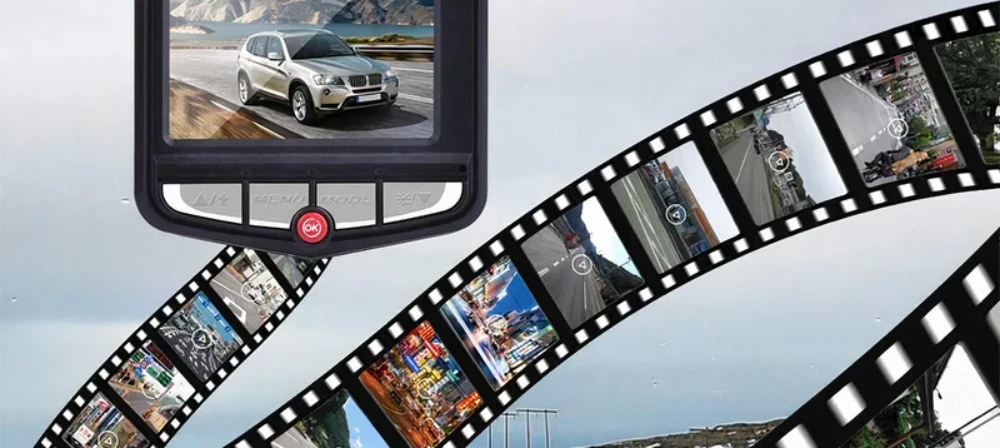
Loop recording is a crucial feature in dash cams, enabling them to continuously capture footage without running out of storage. It achieves this by overwriting the oldest files with new recordings, ensuring your dash cam is always active and ready to record.
How Does Loop Recording Work?
When you turn on your dash cam, it begins recording everything in its view. The footage is stored on a memory card, which can range in capacity from 32GB to 512GB, depending on your dash cam's specifications. Once the memory card is full, loop recording automatically starts overwriting the oldest files, allowing for uninterrupted recording.
To enhance convenience, loop recording divides footage into shorter segments—usually 1 to 3 minutes. This makes it easy to review specific events or incidents. Shorter clips are perfect for quickly locating important moments, while longer segments provide a smoother playback experience.
Dash cams generally use MicroSD cards for storage, and selecting the right card is vital for reliable performance. For guidance on choosing the best SD card for your dash cam, check out our How to Choose the Right Memory Card for Your Dash Cam guide.
For extended journeys, it’s wise to use a high-capacity SD card and manually lock significant clips. This ensures important moments—like accidents or noteworthy events—are preserved and not overwritten.
Benefits of Loop Recording
- Continuous Recording: Ensures your dash cam is always recording, providing comprehensive coverage of your drive.
- Efficient Storage Management: Automatically manages storage space by overwriting old files, eliminating the need for manual deletions.
- Safeguarding Critical Footage: Allows you to lock and protect essential video clips, ensuring they aren’t lost during the overwrite process.
Setting Up Loop Recording for Optimal Performance
Customize the Recording Segment Duration
Most dash cams let you choose the length of recording segments. For quick access to specific moments, 1-minute clips are ideal, as they make locating and reviewing footage more efficient.
Secure Important Recordings
Because loop recording overwrites old footage, it’s essential to protect valuable clips. Use your dash cam’s mobile app to export and lock critical recordings. This ensures they’re safely stored and not overwritten.
For unexpected events—such as accidents or unusual activity—you can quickly save the footage manually. Many dash cams also come equipped with G-sensors, which automatically lock video clips when sudden impacts or movements are detected.
Frequently Asked Questions About Loop Recording
What Happens When Storage is Full?
Loop recording ensures that your dash cam continues recording by overwriting the oldest files, freeing up space for new footage.
How Can I Protect Important Footage?
Use your dash cam’s locking feature or mobile app to save crucial clips. G-sensors also lock recordings automatically in case of an impact.
How Often Should I Format My Memory Card?
Regularly formatting your memory card—about once a month—helps maintain its performance and ensures smooth operation of your dash cam.
Conclusion
Loop recording is an indispensable feature for dash cams, offering peace of mind by capturing every moment of your drive without storage worries. With its ability to manage storage automatically, safeguard crucial footage, and ensure uninterrupted recording, loop recording is a must-have for every driver looking for reliable road documentation.



